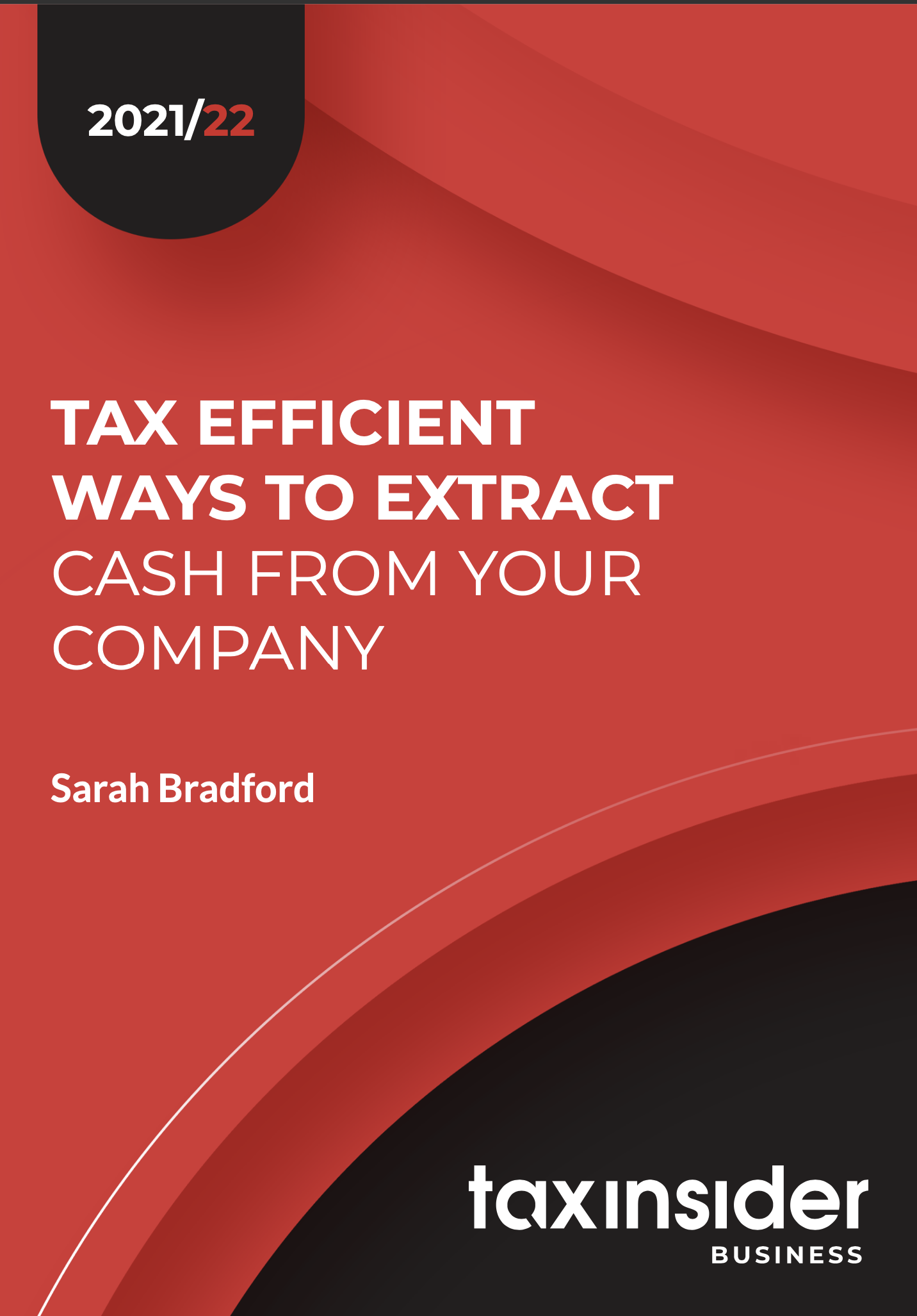 For the financial year 2021, the rate of Corporation Tax is less than the basic rate of income tax. Consequently, the tax payable by a company is less than that payable by an individual taxpayer, regardless of whether they pay tax at the basic, higher or additional rate taxpayer.
For the financial year 2021, the rate of Corporation Tax is less than the basic rate of income tax. Consequently, the tax payable by a company is less than that payable by an individual taxpayer, regardless of whether they pay tax at the basic, higher or additional rate taxpayer.
This article is an extract from our newly updated report 'Tax Efficient Ways to Extract Cash from Your Company 2021/22'. Go here to find out more.
The rate of corporation tax remains at 19% for the financial year 2021, and will stay at this level for the financial year 2022. However, the rate of corporation tax for companies with taxable profits of more than £50,000 is due to increase from 1 April 2023 (see 5.5).
This section looks at the taxation of dividends.
A dividend is a distribution of the company’s profits to its shareholders. Dividends are paid out of after-tax profits, and it is important to be sure that the company has sufficient retained profits after paying its Corporation Tax to cover the dividend proposed – these profits are referred to as ‘distributable profits’. Dividends must be paid in proportion to shareholdings. To preserve an element of flexibility to tailor dividend payments to the circumstances of the individual, an alphabet share structure may be appropriate (see Section 5.3).
Particular care must be taken in paying dividends where the company’s profits have fallen as a result of the Covid-19 pandemic. It may not be possible to continue pay dividends as the same level as in previous years.
5.1 Dividend tax regime
The rules for taxing dividend income provide all individuals, regardless of their marginal rate of tax, with a dividend allowance. The allowance is set at £2,000 for 2021/22.
Although it is referred to as `an allowance’, the dividend allowance is really a zero-rate band. Dividends which fall within this band are taxed at a zero rate of tax. Dividends falling within this band are part of band earnings and, therefore, use up part of the basic or higher rate bands, as appropriate.
To the extent that dividends are not sheltered by the dividend allowance (or the personal allowance if not utilised elsewhere), they are taxable. Dividends are treated as the top slice of income and are taxed at the appropriate dividend tax rate for the band in which the taxable dividend income falls. For 2021/22, dividend income is taxed at 7.5% to the extent to which it falls within the basic rate band, at 32.5% to the extent to which it falls within the higher rate band, and at 38.1% to the extent that it falls within the additional rate band. The rates apply equally to Scottish and Welsh taxpayers.
Dividends are paid gross out of retained (post-tax) profits.
Example – Taxation of dividends for 2021/22
Ali is a director of his personal company. For 2021/22, he pays himself a salary of ££9,568 and extracts a further £50,000 in dividends.
His salary of £9,568 is covered by his personal allowance of £12,570 for 2021/22. This leaves £3,002 of his personal allowance available.
The first ££3,002 of his dividend income is covered by the remaining personal allowance.
The next £2,000 is covered by the dividend allowance and received tax-free (being taxed at a zero rate). The dividend allowance uses up the first £2,000 of his basic rate band, set at £37,700 for. This leaves £35,700 of his basic rate band available.
The next £35,700 of his dividend income is taxed at the dividend ordinary rate of 7.5%. The associated tax is £2,677.50.
The remaining dividend income of £9,298 (£50,000 – (£3,002 + £2,000 + £35,700) is taxed at the dividend upper rate of 32.5%, generating further tax of £3,021.85.
Consequently, the total tax payable by Ali on his dividend of £50,000 for is £5,699.35(£2,677.50 + £3,021.85).
5.2 Necessity to have sufficient retained profits
There are restrictions on the payment of dividends and it is important that the associated company law requirements are met. Dividends must be paid out of retained profits after Corporation Tax has been deducted. If the company does not have sufficient (or any) retained profits it cannot pay a dividend. By contrast, a salary can be paid even if this results in the company making a loss. Checking that the company has sufficient retained profits is particularly important where the company has been adversely affected by the Covid-19 pandemic and may be unable to continue to pay the regular dividends that have been payable in previous years.
However, it should be noted that it may still be possible to pay a dividend for a year in which a company makes a loss if the company has retained profits brought forward, as long as the total retained profits are sufficient to cover the dividend.
Practical tip
Check that the company has sufficient retained profits from which to pay the proposed dividend before declaring the dividend.



